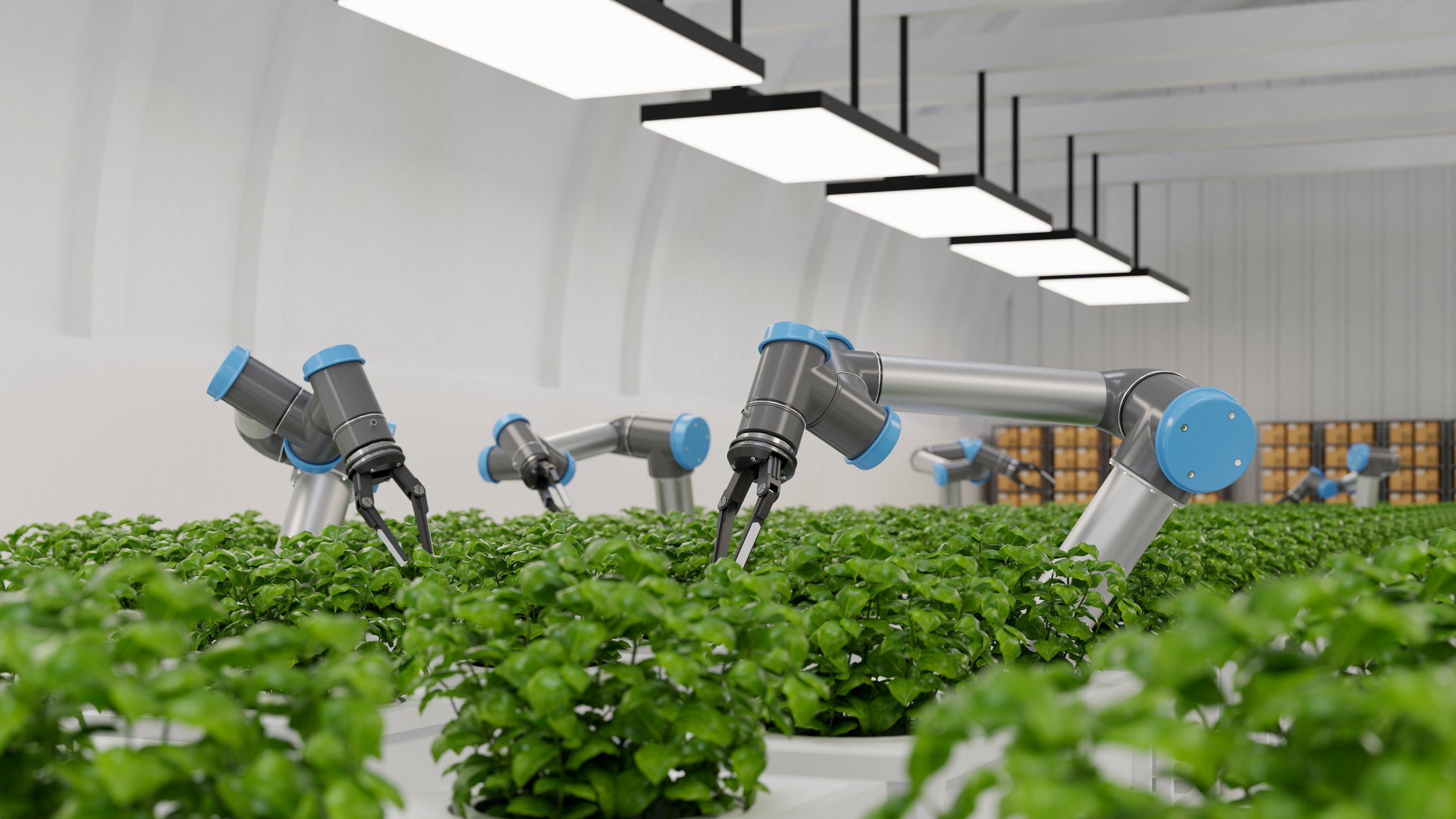Revolutionizing Kentucky Agriculture: Harnessing Robotics for Enhanced Efficiency
In recent years, the integration of robotics in various industries has led to remarkable advancements and improvements. One sector that has embraced this technological revolution is agriculture, where robots are being deployed to revolutionize traditional farming practices. Kentucky, known for its thriving agricultural landscape, is witnessing a significant shift as robotics make their way into its farms. In this blog post, we will explore the use of robotics in Kentucky agriculture and discuss how these technological advancements are enhancing efficiency, productivity, and sustainability in the state's farming practices.
Automated Precision Farming
Robots equipped with cutting-edge sensors and machine vision systems are revolutionizing precision farming in Kentucky. With the ability to precisely identify and analyze crop health, these robots offer valuable insights to farmers. They can monitor soil conditions, detect diseases, and even identify weed-infested areas, enabling farmers to take immediate action.
The use of autonomous robots for planting, seeding, and irrigation has also gained traction. These robots can accurately determine the optimal planting depth, seed spacing, and irrigation requirements, ensuring consistent crop growth and minimizing resource wastage. The precise application of fertilizers and pesticides is another benefit of employing robotic systems, as it minimizes environmental impact and reduces costs for farmers.
Crop Monitoring and Maintenance
Robotic systems are increasingly being used for continuous crop monitoring and maintenance in Kentucky agriculture. Unmanned aerial vehicles (UAVs) or drones equipped with cameras and multispectral sensors allow farmers to monitor large areas of farmland from above. They capture high-resolution images and collect data on crop health, moisture levels, and nutrient deficiencies, enabling farmers to make informed decisions promptly.
Moreover, robotic systems can perform tedious and repetitive tasks, such as weeding and pruning, with precision and efficiency. By automating these labor-intensive activities, farmers can save valuable time and reduce labor costs. Additionally, robotic systems can operate around the clock, maximizing productivity and ensuring timely crop maintenance.
Livestock Management
The use of robotics extends beyond crop cultivation in Kentucky agriculture. Livestock farming has also benefited from technological advancements. Robotic milking systems are increasingly replacing traditional methods, allowing dairy farmers to automate the milking process. These systems monitor individual cow health, provide data on milk production, and offer insights into animal behavior. As a result, farmers can optimize feed and medication distribution, enhance overall herd management, and improve animal welfare.
Robots are also aiding in feeding and monitoring animals in confined spaces. Automated feeding systems deliver precise amounts of feed at designated intervals, ensuring optimal nutrition for livestock. Furthermore, robots equipped with sensors can monitor animal behavior, detecting signs of distress or illness and alerting farmers for timely intervention.
Data-Driven Decision Making
One of the most significant advantages of robotics in Kentucky agriculture is the generation of vast amounts of data. With sensors, cameras, and other monitoring devices, robots collect real-time information about crop health, soil conditions, weather patterns, and more. This data can be analyzed using advanced algorithms and machine learning techniques to gain valuable insights.
By leveraging this data, farmers can make informed decisions regarding planting schedules, resource allocation, and yield forecasting. They can optimize irrigation practices, reduce fertilizer and pesticide use, and improve overall farm management. Additionally, data-driven decision-making allows farmers to identify areas of improvement, optimize crop rotation, and implement sustainable farming practices, thereby enhancing long-term productivity and profitability.
Kentucky's agriculture sector is embracing the transformative power of robotics, ushering in a new era of precision farming, livestock management, and data-driven decision-making. By integrating robotic systems, farmers in the state can enhance efficiency, reduce labor costs, optimize resource utilization, and improve overall sustainability. As the adoption of robotics continues to grow, Kentucky's agriculture industry is poised to remain at the forefront of technological advancements, ensuring a prosperous and sustainable future for farmers and consumers alike.

